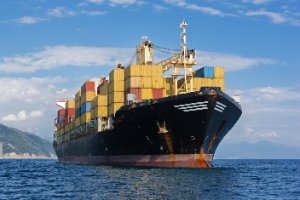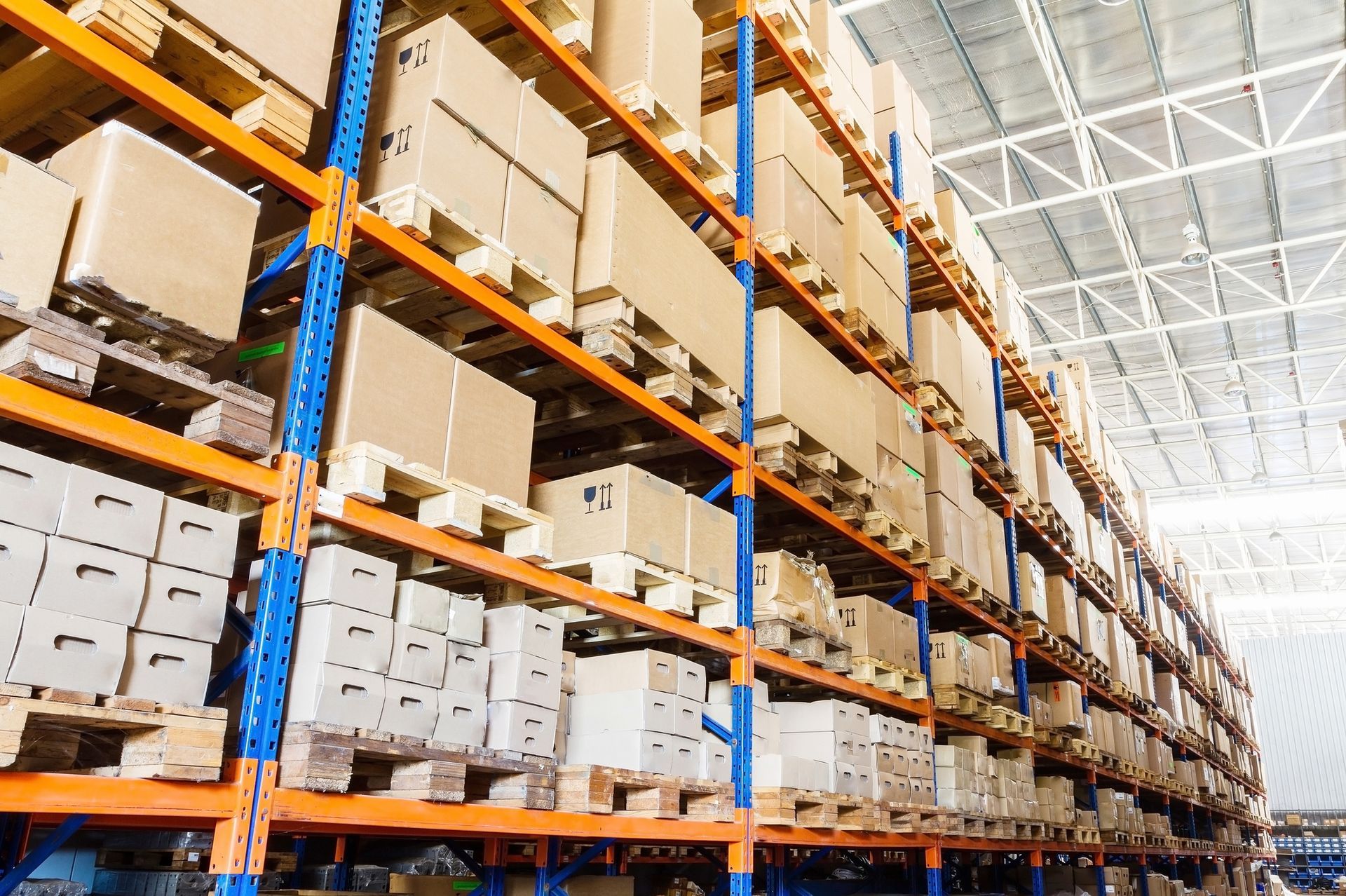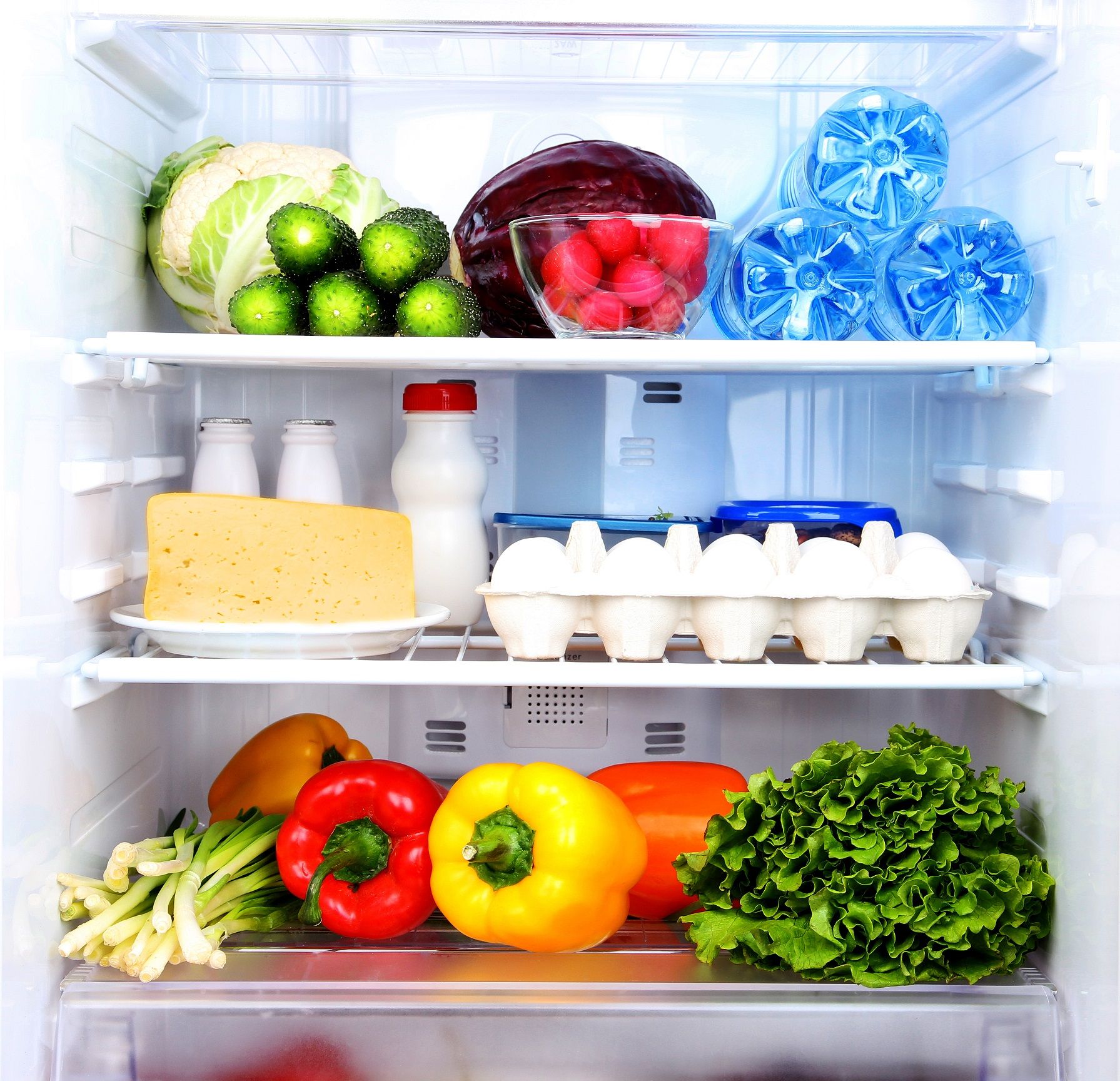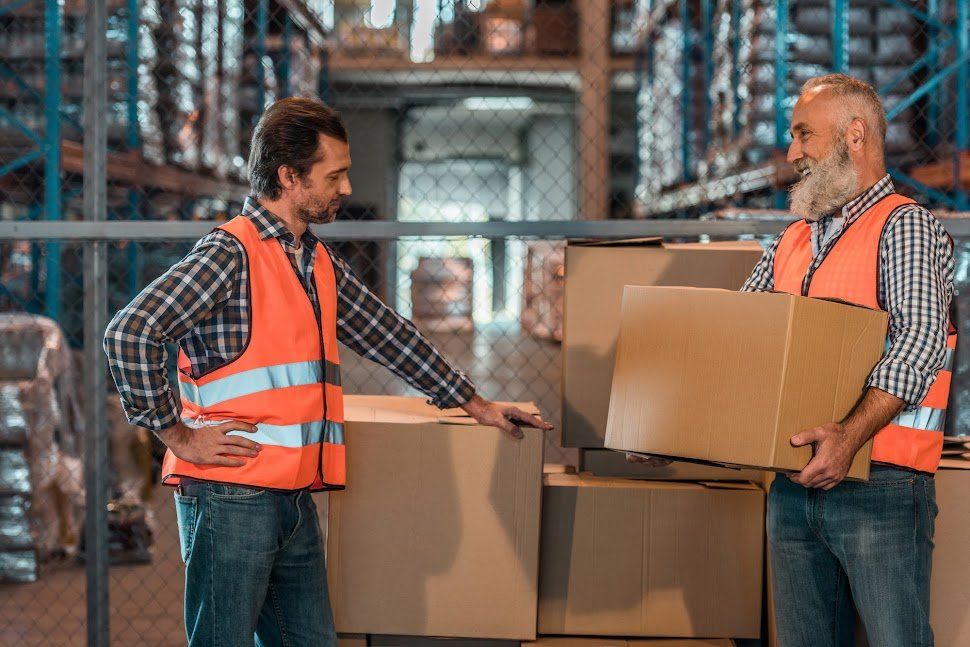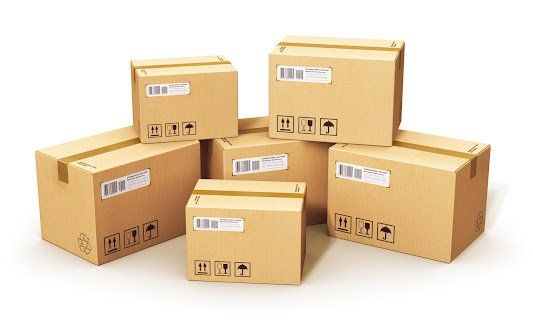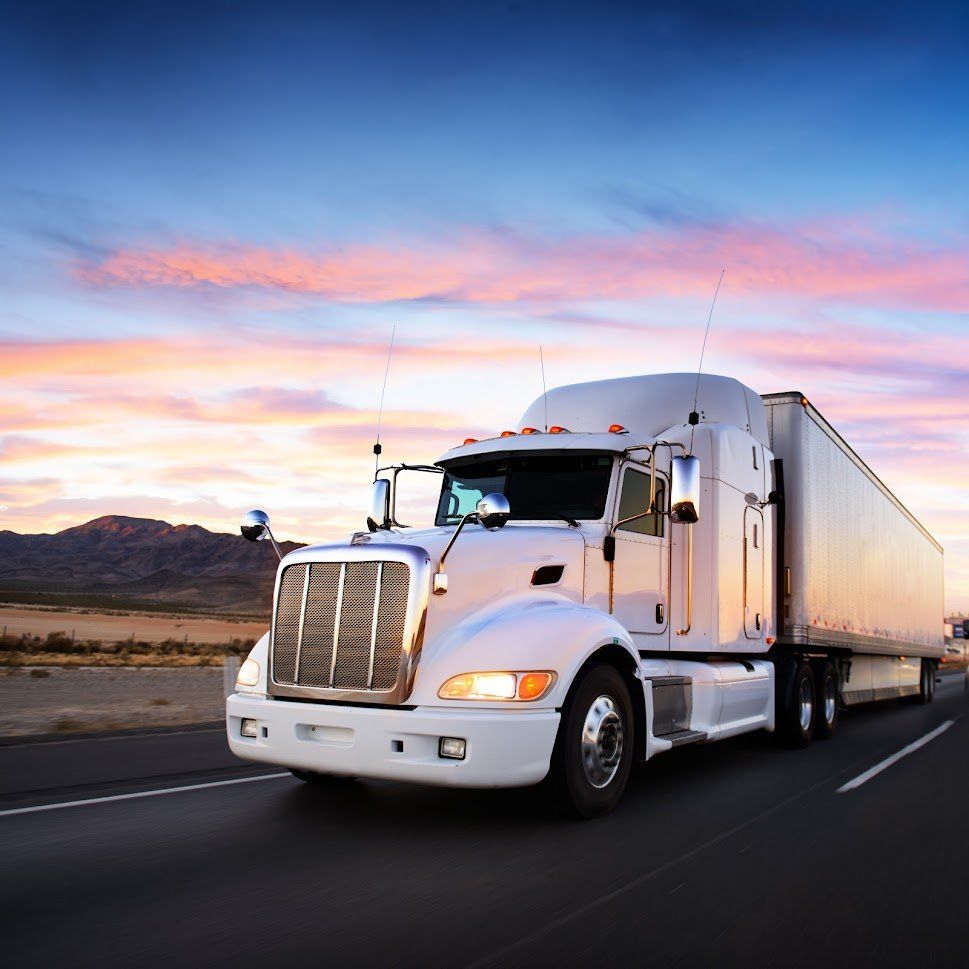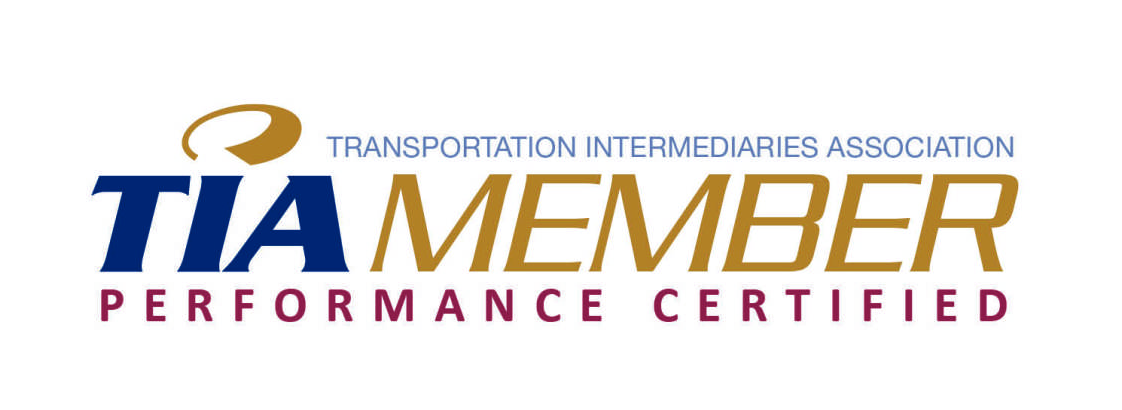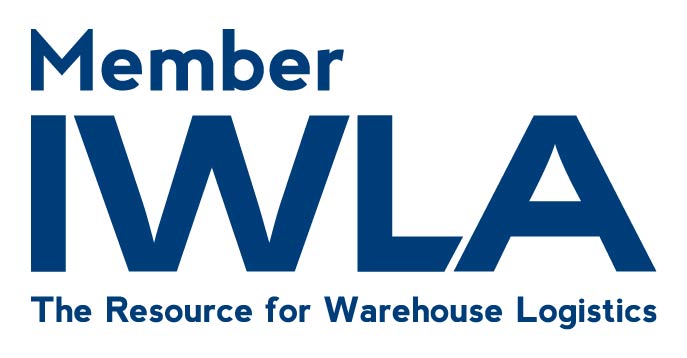The most common type of cargo container is the dry container. It opens from one end and is easy to use. These also come in a variety of sizes ranging from 10 to 40 feet, allowing you to better fit the container to your specific cargo size. Dry Containers are subject to the world around them, including weather temperature conditions. This means any product that is sensitive to moisture, heat, or cold should not be transported in a Dry Container.
2. Open-Top and Open-Side Container
To avoid problems with packing, you may need to get access through multiple angles. To facilitate this, you can choose cargo containers that open from different sides.
The tunnel style container, for instance, can be opened at either end to allow the best entry for packing. Open-top containers are packed from above. This is ideal for bulk dry products. You can also get containers that open from either side, so you can choose the best way to ensure goods are settled and evenly spaced.
3. Refrigerated Container
Ocean and land transportation that requires product preservation have high quality expectations. Refrigerated cargo containers provide a controlled environment optimal for temperatures to remain within a certain safe range. Not only during hot summer months to prevent spoilage or chemical reactions to heat, but also to keep freezing winter temperatures outside the Container walls that could effect water-based product.
4. Tank
You might see a large tank (similar in shape to a propane tank) encased in a secure frame riding a train rail. Those are tough containers designed for liquids and chemicals transported as bulk. These heavy Containers can only be loaded from the top or bottom.
5. Half Height Container
What should you do if your shipment doesn't warrant the entire size of a full cargo container? You may be able to ship your goods with others, but if you have overweight or fragile items this might not be a good solution. In this case, look for a container that is long and half the height.
6. Flat Rack Container
Not all goods fit well into the rectangle shapes of standard cargo containers. The solution is a flat rack container. This variety has two end walls but no side or top walls. Such a design is perfect for oversize, oddly-shaped, or overweight cargo that won't fit properly into a closed unit.
7. Insulated Container
Do you move sensitive goods that shouldn't be exposed to high or very low temperatures but that don't actually need to be refrigerated? If some extra climate control is all you need, an insulated container might be sufficient for long trips.
8. Storage Roll Container
A cargo storage roll container is made to house stacks of materials or goods. Need to move poles, stacks of raw metals, timber, or a pile of finished goods? Then consider a roll container with tough mesh sides that roll so as to better fit the exact shape of the stack. The snug fit keeps individual items from shifting during transportation.
9. Car Carrier
If you need to ship vehicles or heavy equipment, you aren't likely to find a cargo container that fits the body of the car exactly. In this case, you need a specialized container that will keep the vehicle firmly in place.
Car carriers are designed to prevent movement and often provide space for more than one vehicle to be transported inside — increasing efficiency and reducing cost.
Deciding and coordinating the reservation and handling of a Cargo Container is a daunting task. The good news is that there are so many choices in Cargo Containers, your shipper is able to find the right solution for even the most challenging product. At
JBS Logistics, our transportation experts not only match your goods to the right Container, but handle the entire supply chain process to get your product safely to its destination. Call today to find out more.



